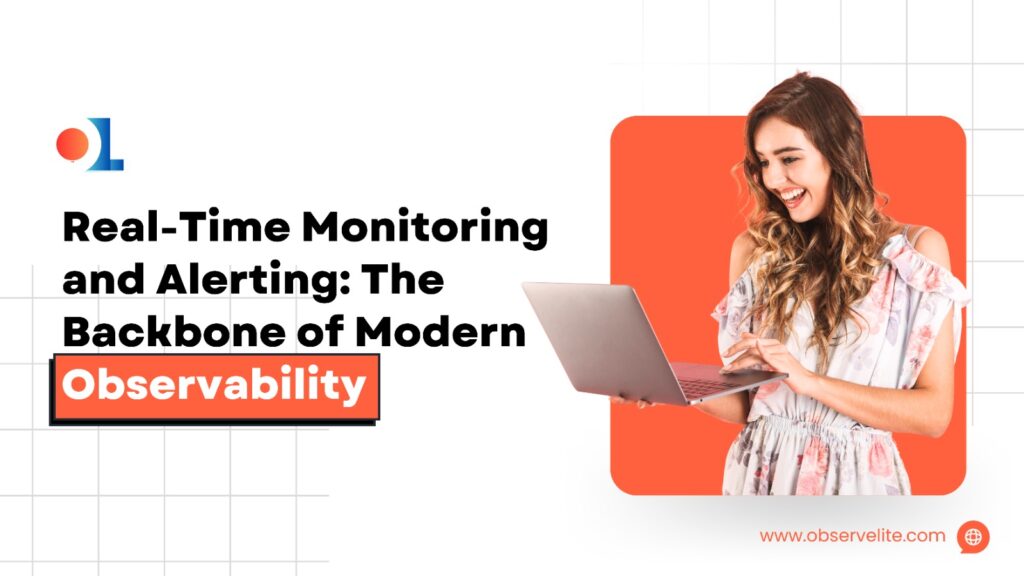As the applications and infrastructure increase in the world of digitalization, there is an excellent need for efficiency and timely problem detection. This is the exact reason why real-time monitoring and real-time alerting goes hand-in-hand. These are some of the leading practices of observability, which are the foundation of modern approaches that allow profound insights into organizational systems, detect deviations as soon as possible, and take measures to prevent potential failures.
Introduction to Real-Time Monitoring
Real-time monitoring can be defined as the continual, prompt, and simultaneous gathering, processing, and presentation of data outside of your IT environment. This can pertain to network traffic, server conditions, application performance, user interaction, and numerous other variables. Real-time monitoring is different from other monitoring techniques, where monitoring is done later or in intervals where one must wait to capture abnormal behavior. In contrast, in real-time monitoring, the data stream received is real-time, and one can capture any behavior deviation in real time.
Benefits and Importance
◈Improved Proactive Maintenance: Real-time data enables one to forecast adverse events that can be addressed to avoid inconveniences.
◈Increased System Efficiency:In the case of the operational model, real-time monitoring allows for identifying different bottlenecks and performance problems, enabling efficient resource management.
Application of Real-Time Monitoring and Alerting
Identifying Metrics to Monitor: Determine the part of the system’s health that you care about, which includes CPU, RAM, response times, and errors.
Choosing Monitoring Tools: Always choose tools based on their ability to meet your needs and requirements in terms of infrastructure and implementation. Well-known solutions are Prometheus, Datadog, Splunk and Dynatrace.
Setting Alert Thresholds: It is necessary to define the values of each of the analyzed indexes based on which it will be decided that an alert system must be activated. These thresholds must reflect the system behavior and, therefore, be unique to your computing environment.
Defining Alert Routing: Decide if alerts should be sent to one, some, or all stakeholders and through which method, for example, e-mail, message, or Slack application.
Challenges and Solutions
Alert Fatigue: This is because users get bored of the many alerts and thus dismiss even the most critical notifications.
Data Overload: If data is real-time, then getting and analyzing such enormous amounts can be highly challenging.
False Positives: The monitoring mechanisms can be misconfigured, which leads to false alarms, thus complicating the search for a problem.
Tools and Technologies
Monitoring agents are the programs implemented on the servers, applications, and network devices to gather performance information.
Log Management Tools: These platforms accumulate and process logs originating from various sources that can be used to understand the systems’ activity.
Metrics Platforms: These tools capture and sum up the system’s parameters and present current affairs.
Alerting Platforms: These solutions promptly notify users of issues by configuring threshold values.
Therefore, this indicates that the selection of tools depends on the particular requirements and infrastructure facilities.
Future Trends and Innovations
◈ Machine Learning (ML) and Artificial Intelligence (AI): These technologies will become a more defining factor for intelligent anomaly detection and right-time prediction maintenance.
◈ IoT (Internet of Things) Integration: Incorporating IoT sensors into monitoring systems will give real-time physical infrastructure data, improving efficiency.
◈ Cloud-Based Monitoring: Historically, with centralized monitoring solutions, there are more chances of scalability and flexibility, and the business cost is higher in the case of centralized solutions, but now cloud-based solutions are available, which are more effective as compared to centralized solutions.
Conclusion:
Real-time monitoring and alerting have become crucial for the contemporary organization that demands the improved efficiency of a system, continuous availability of services, and exceptional customer experience. It is necessary to integrate the identification of the issues and try to solve them before they become a problem that affects competitiveness.
Current solutions have versatile features; hence, a new entrant known as ObserveLite is in the field. It is worth checking what we offer if you need a contemporary concept in monitoring and alerting in actual time.


